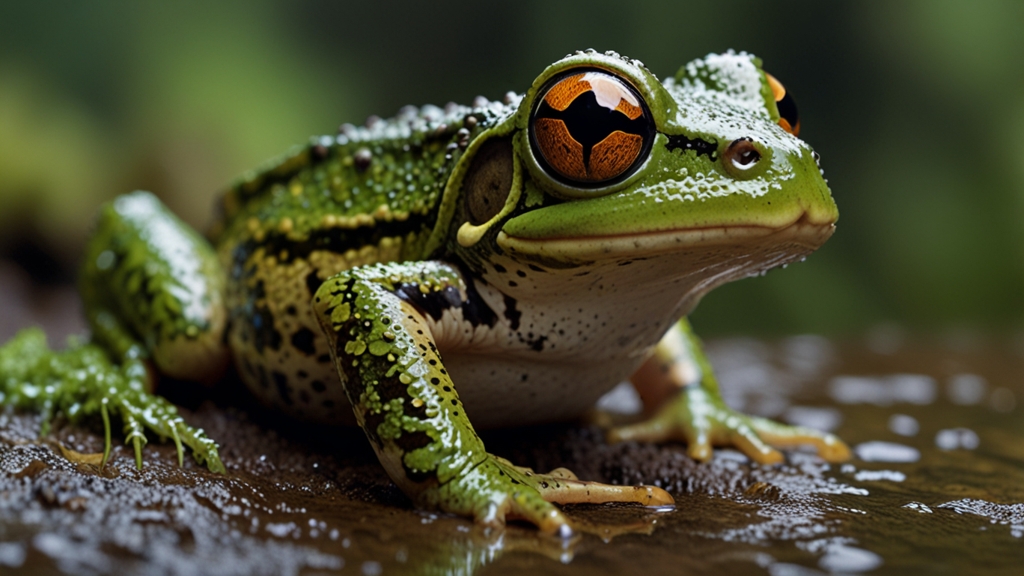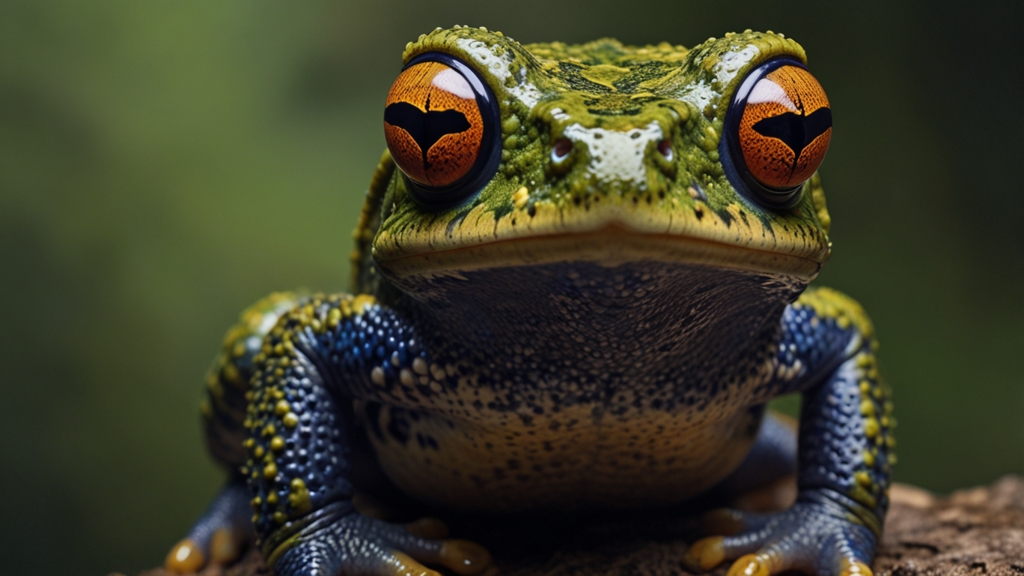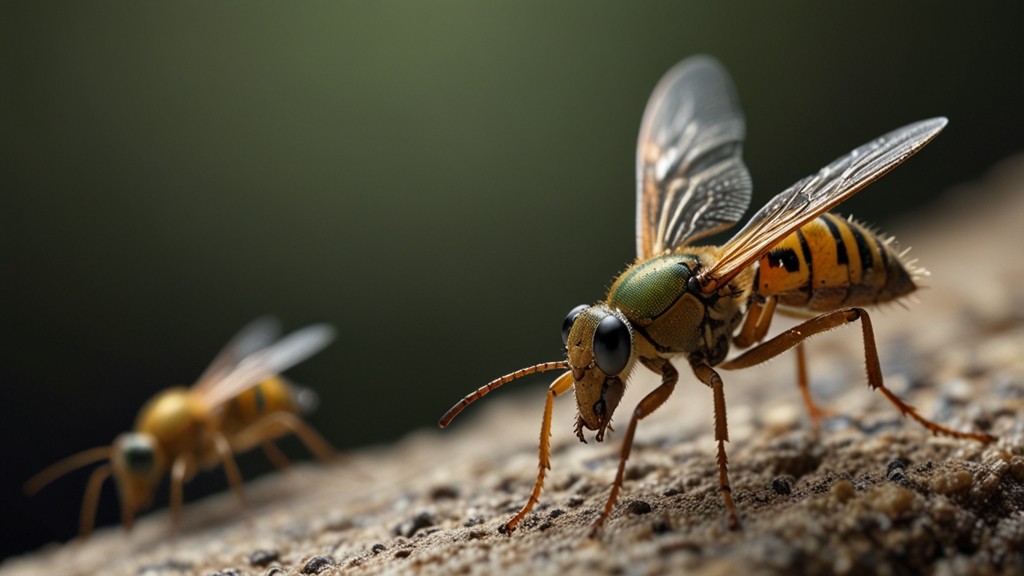The Secret Lives of Frogs: What They Don't Want You to Know
Frogs are often seen as the humble inhabitants of ponds and swamps. These amphibians tend to lead understated lives, hopping around in the damp earth, catching flies with their sticky tongues, and croaking away in the still of the night. However, the seemingly simple lives of frogs conceal a labyrinth of secrets that would leave even the most seasoned zoologists intrigued. What is it about these creatures that remains hidden from human eyes? Let's dive into the untold mysteries of the secret lives of frogs.
The Duality of Amphibian Life
Frogs have a unique life cycle that takes them from water to land, emphasizing their dual existence. Starting life as tadpoles, they thrive in aquatic environments, only to evolve into terrestrial beings as they mature. This transformation isn't merely a physical one but also brings about drastic changes in their behavior and habitat preferences.
“The metamorphosis from tadpole to frog is nothing short of magical, a spectacle that leaves you pondering the wonders of nature,” says Dr. Emily Hart, a renowned herpetologist.
What many don't know is that this metamorphosis process is tightly controlled by hormones and environmental conditions. The delicate balance in their habitat can influence the rate of transformation, sometimes delaying it for extended periods.
Communication Beyond Croaks
Frogs are famous for their distinctive croaks, but did you know they have an elaborate communication system that goes beyond these vocalizations? Frogs use a variety of methods to communicate, including body language and chemical signals.
One of the most fascinating aspects is their ability to produce different sounds based on the time of day, the weather, and even their emotional state. During mating seasons, male frogs engage in an intricate chorus to attract females, and they can modify their calls to avoid competition from other males.
“It’s not just noise; it’s a symphony of survival and reproduction,” explains Dr. Hart.
The Secret of Camouflage
Frogs are masters of disguise. Their ability to blend into their surroundings is crucial for evading predators. Some species have the remarkable capacity to change their skin color to match the environment, a phenomenon controlled by specialized cells called chromatophores.
In some species, the mimicry goes even deeper. The Malaysian Horned Frog, for instance, takes on the appearance of a fallen leaf, complete with veins and discolorations.
This camouflaging technique isn't limited to physical appearance. Frogs also alter their behavior to remain inconspicuous. They tend to be more active at night when visibility is low, minimizing their chances of being spotted by predators.
The Toxic Truth
While some frogs look benign, they harbor potent secrets that can be deadly. Various species produce toxins as a defense mechanism. The Poison Dart Frogs of Central and South America are infamous for their bright colors, a warning sign of the potent toxins stored in their skin.
“The vibrant colors of Poison Dart Frogs serve as a flashing neon sign to potential predators: 'Stay away, or you’ll regret it!'” says Dr. Hart.
These toxins are so powerful that indigenous tribes have historically used them to poison their blow darts for hunting. Interestingly, the toxicity of these frogs is closely linked to their diet, comprising mostly of ants and other small insects that contain toxic alkaloids.
Social Structures and Hierarchies
Frogs may seem like solitary creatures, but they have intricate social structures and hierarchies. Some species, like the Green and Golden Bell Frog, establish territories and engage in frequent combat to defend them.
In many frog communities, the strongest and most vocal males often dominate, gaining prime access to resources and mating opportunities. This hierarchical system ensures that the healthiest genes are passed on to the next generation.
Sum of Their Secrets
The secret lives of frogs are a testament to the complexity and marvels of nature. From their dual existence and advanced communication systems to their mastery of camouflage, toxicity, and intricate social structures, frogs are far more than meets the eye.
So, the next time you come across a humble frog by a pond or hear its distant croak on a quiet night, remember that there's an entire world of secrets hidden beneath its simple exterior. These amphibians are not just survivors but extraordinary actors in the intricate play of life, each with their own stories to tell.










